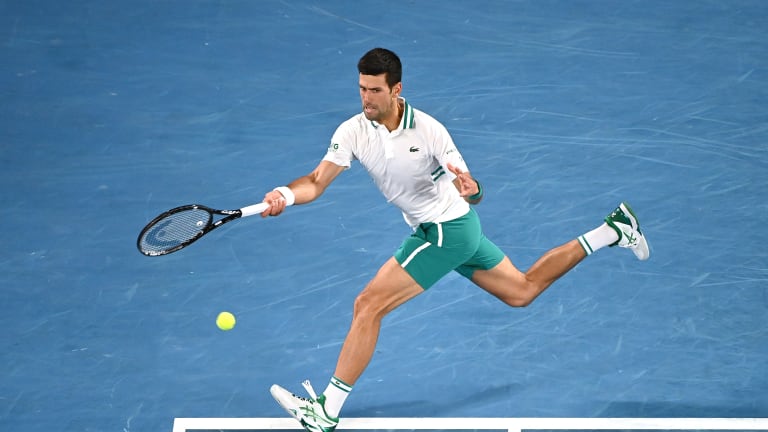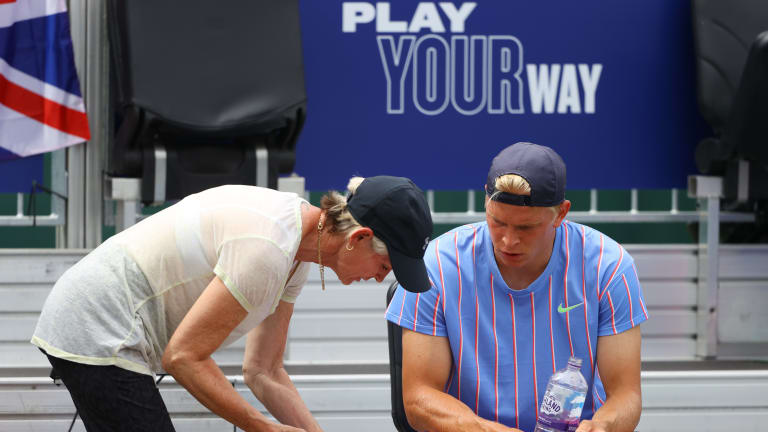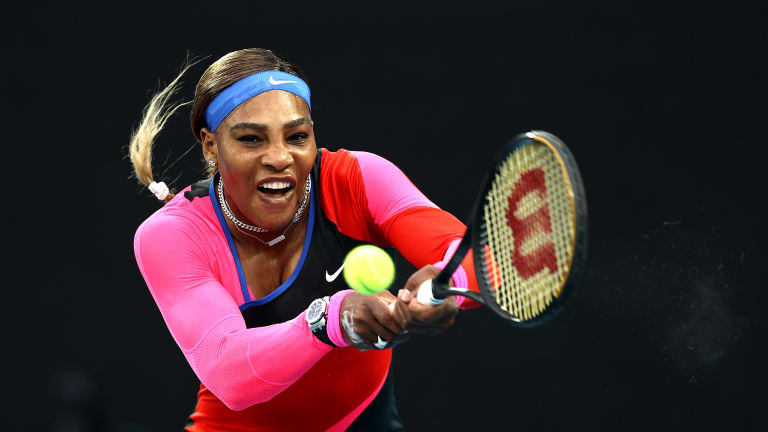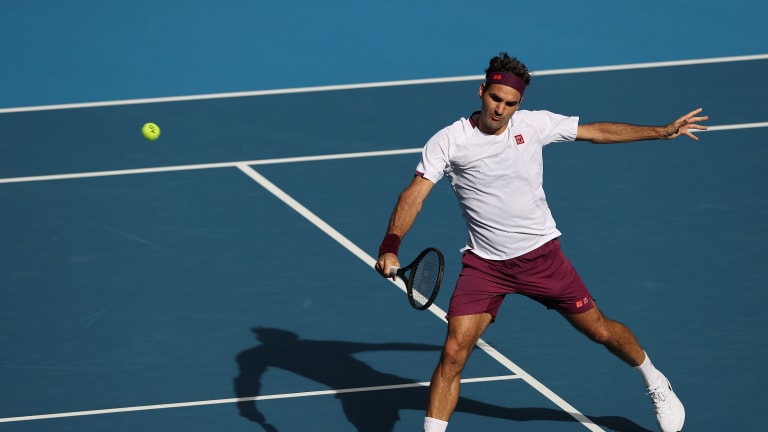I need to play my game: is playing your game the wrong plan?
By Mar 04, 2021Social
Rafael Nadal congratulates academy students Eala, Wong on big Miami wins
By Mar 22, 2025Social
"Hola TikTok!" Rafael Nadal racks up 3 million views
By Mar 15, 2025Social
Toni Nadal calls out ‘not-so-clean players’ for taking shots at Jannik Sinner
By Feb 27, 2025Tennis.com Interview
Rodrigo Pacheco Mendez: inspired by Nadal, dreams of facing Sinner, Mexico's tennis answer?
By Feb 26, 2025The Business of Tennis
Rafael Nadal set for $94-million profit after selling part of his stake in tennis academy
By Feb 11, 2025Lifestyle
Roger Federer’s Wimbledon-winning racquet sells for more than $100,000 in tennis auction
By Feb 10, 20252024 Year in Review
A Poem for 2024: An ode to Zendaya, a biblical bee invasion, and the art of playing naked
By Dec 29, 20242024 Year in Review
Ten moments you'll never forget from the 2024 tennis season
By Dec 22, 2024Next Gen ATP Finals
Joao Fonseca to play for Next Gen ATP Finals title a day after reconnecting with Rafael Nadal
By Dec 21, 2024I need to play my game: is playing your game the wrong plan?
“A high majority of players don’t know what their game amounts to. They don’t know how they win, or why they lose, or what their opponent is doing," according to Hall of Famer Mark Woodforde.
Published Mar 04, 2021
Advertising

I need to play my game: is playing your game the wrong plan?
© Getty Images
Advertising

I need to play my game: is playing your game the wrong plan?
© Getty Images
Advertising

I need to play my game: is playing your game the wrong plan?
© Getty Images
Advertising

I need to play my game: is playing your game the wrong plan?
© Getty Images